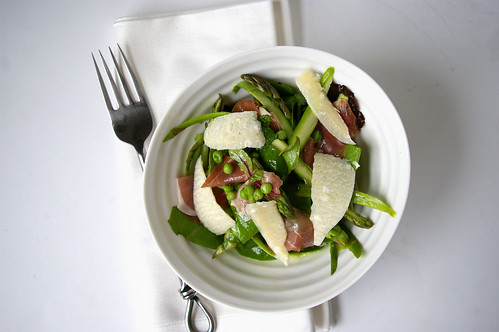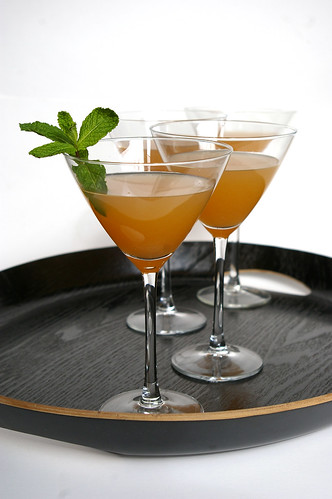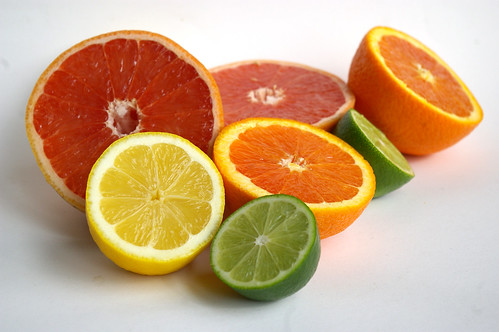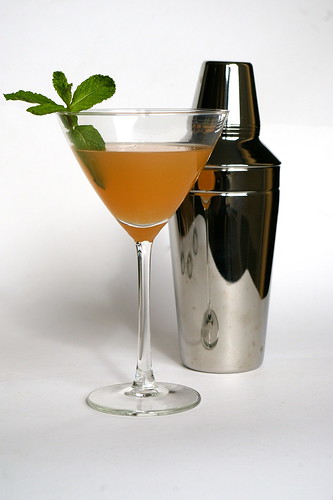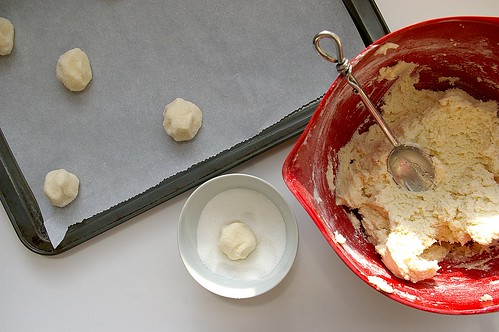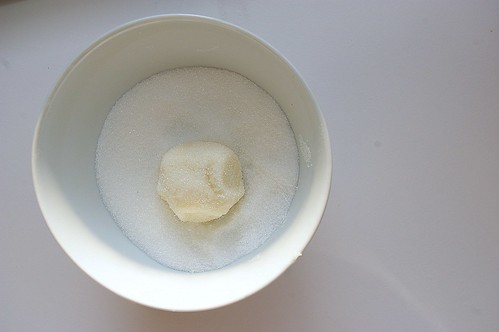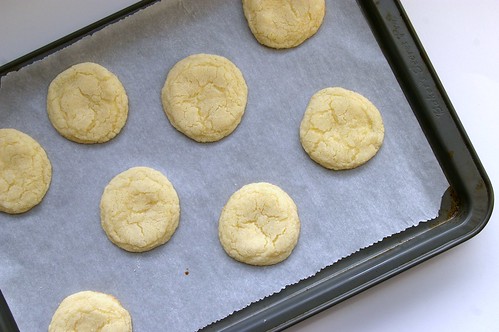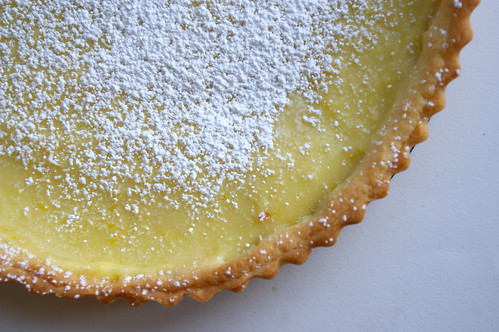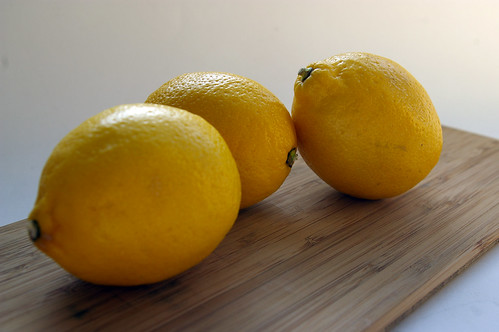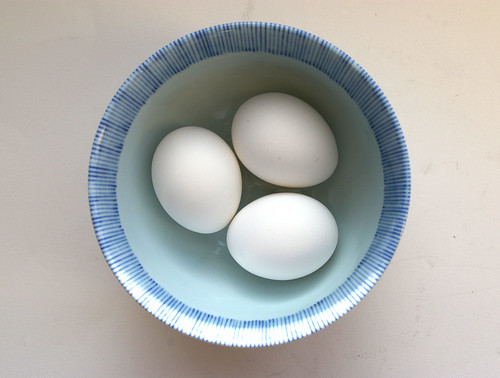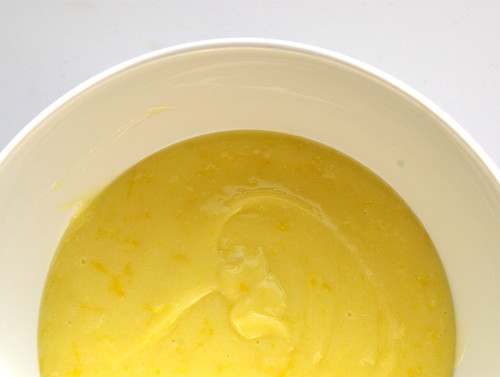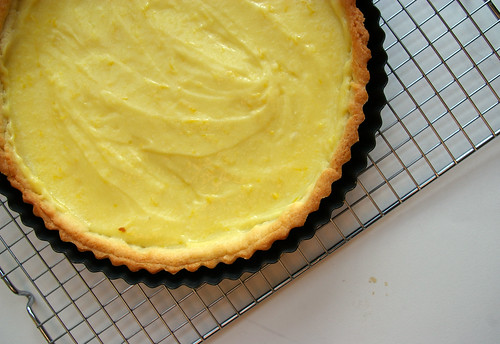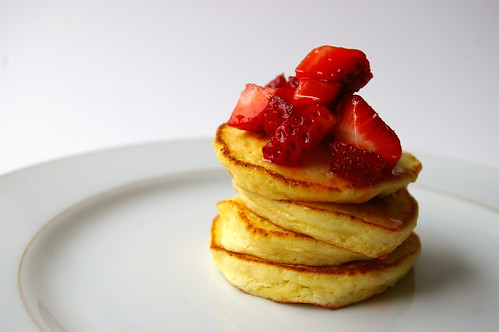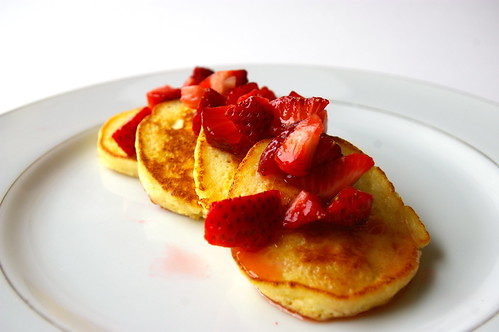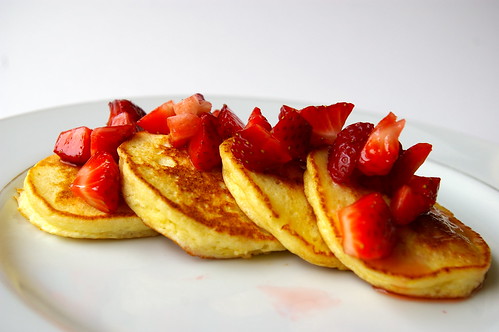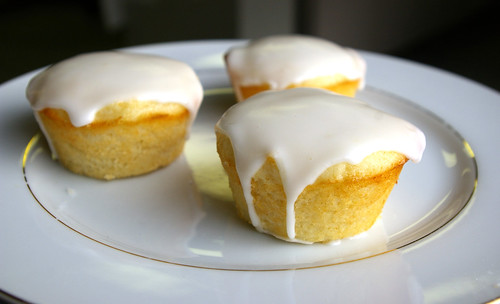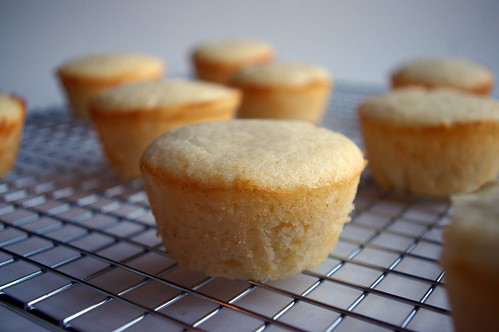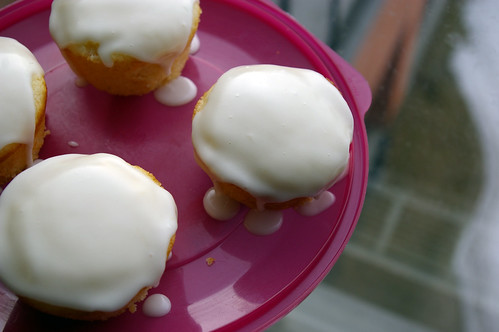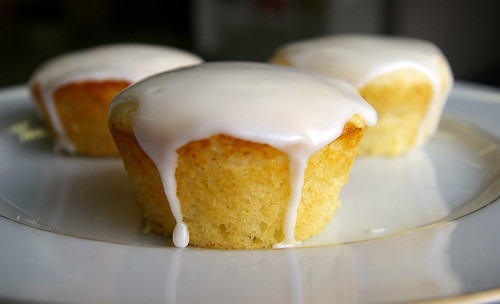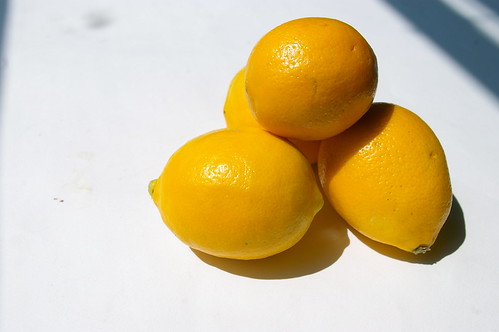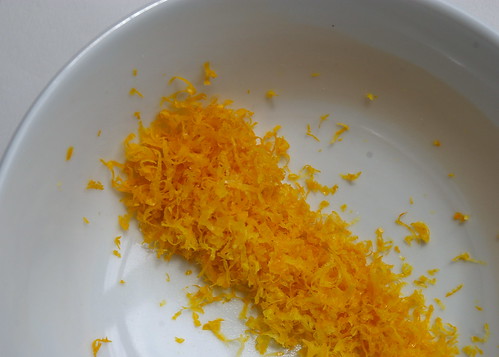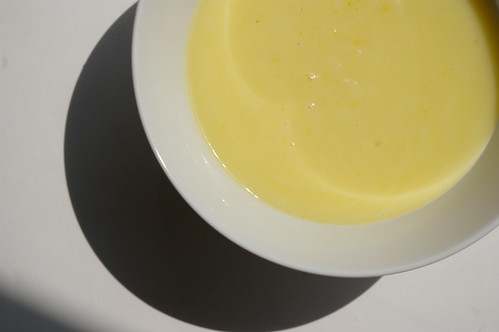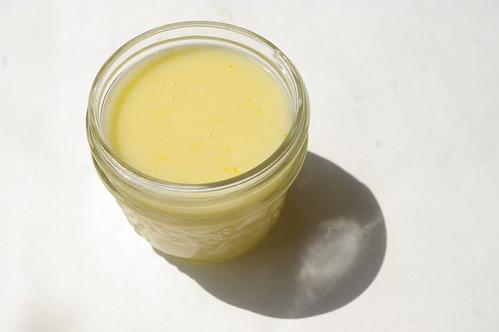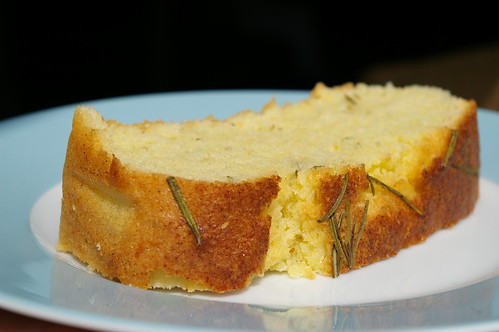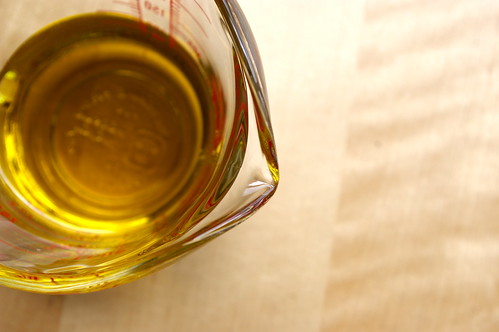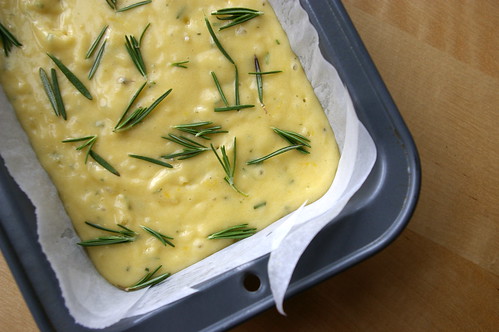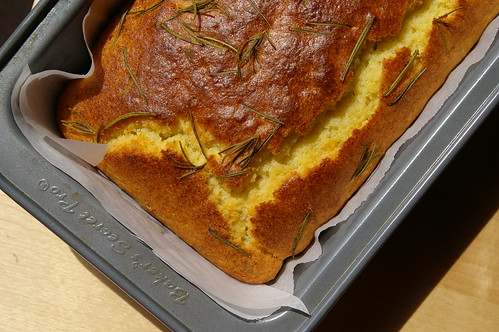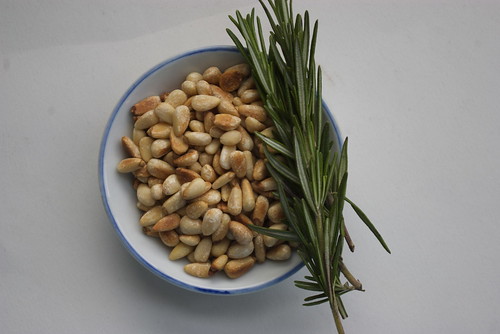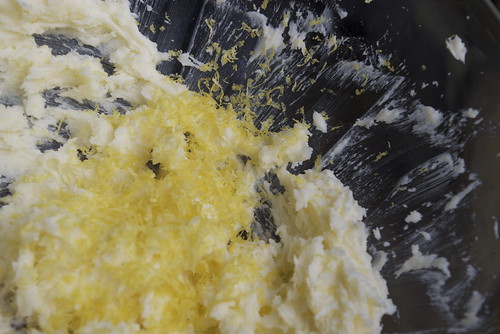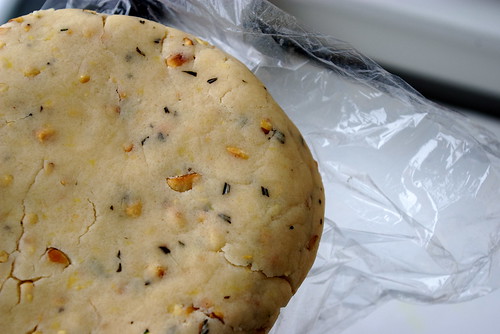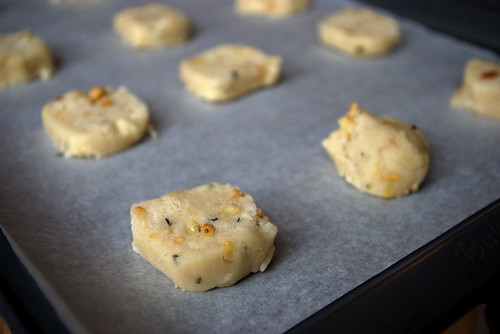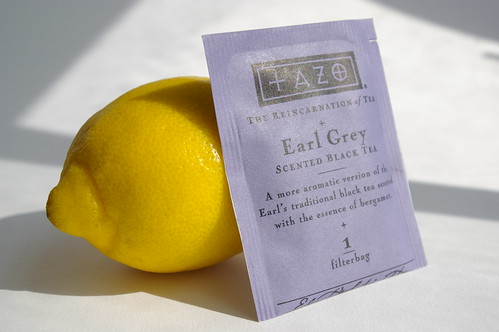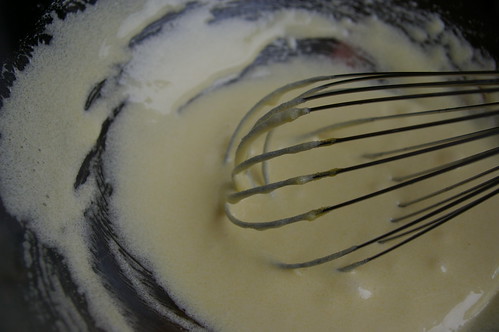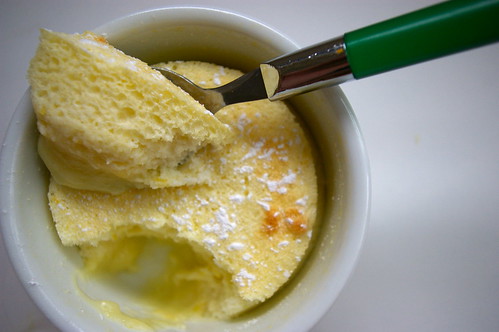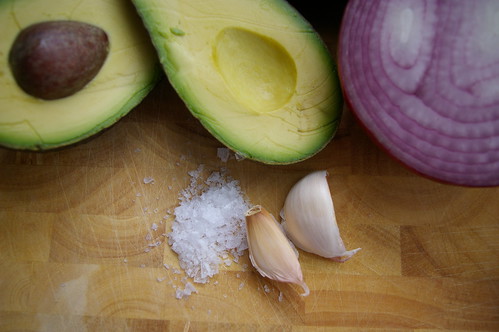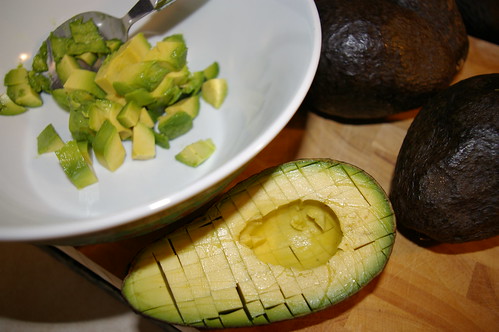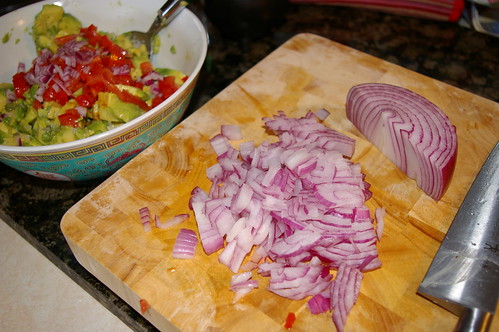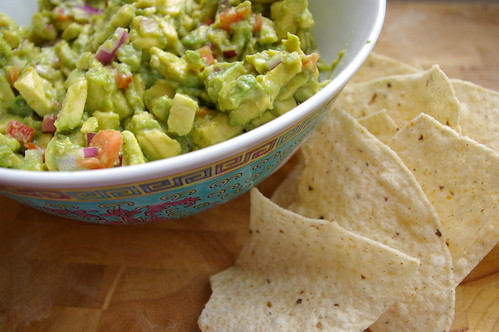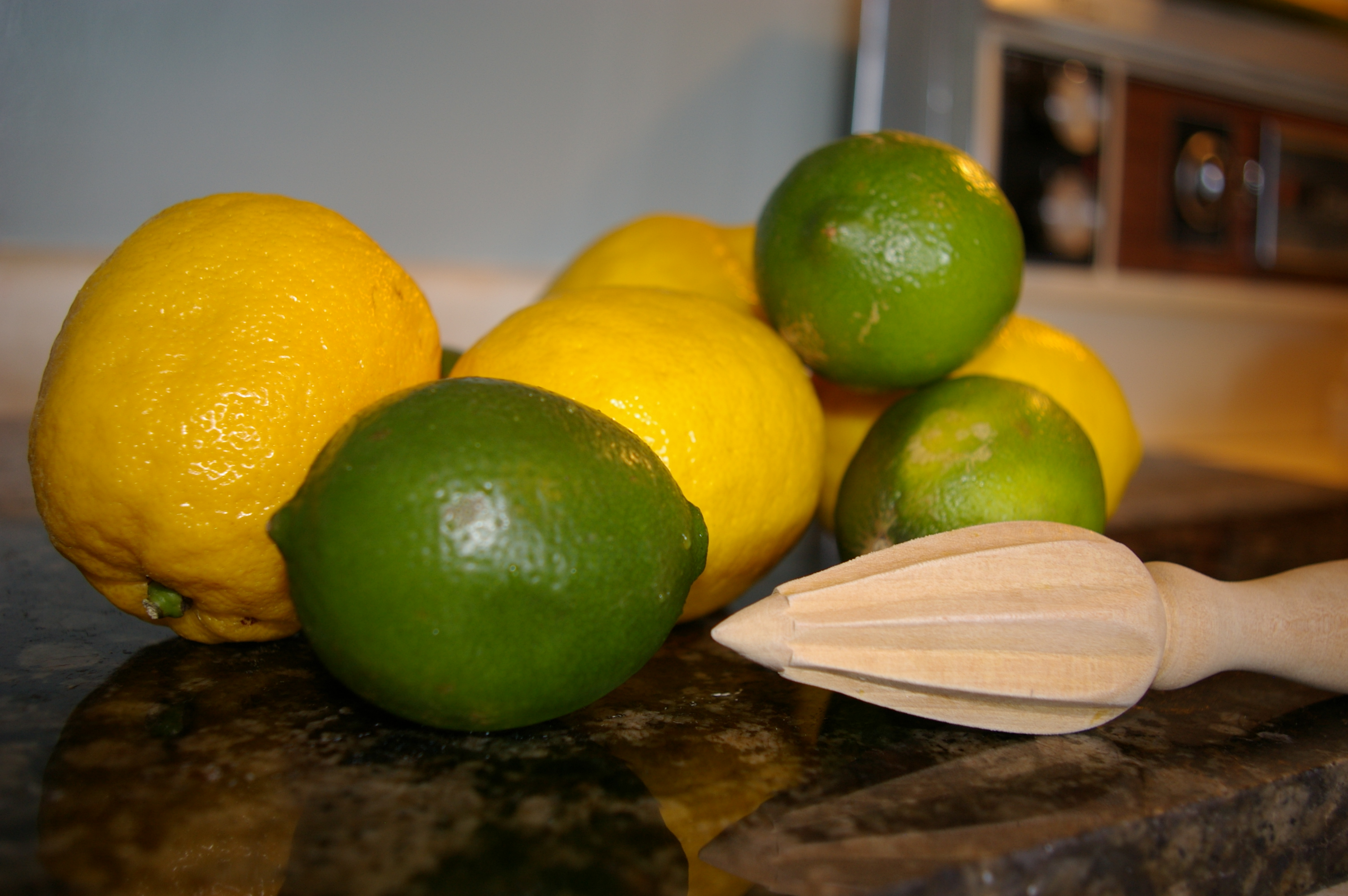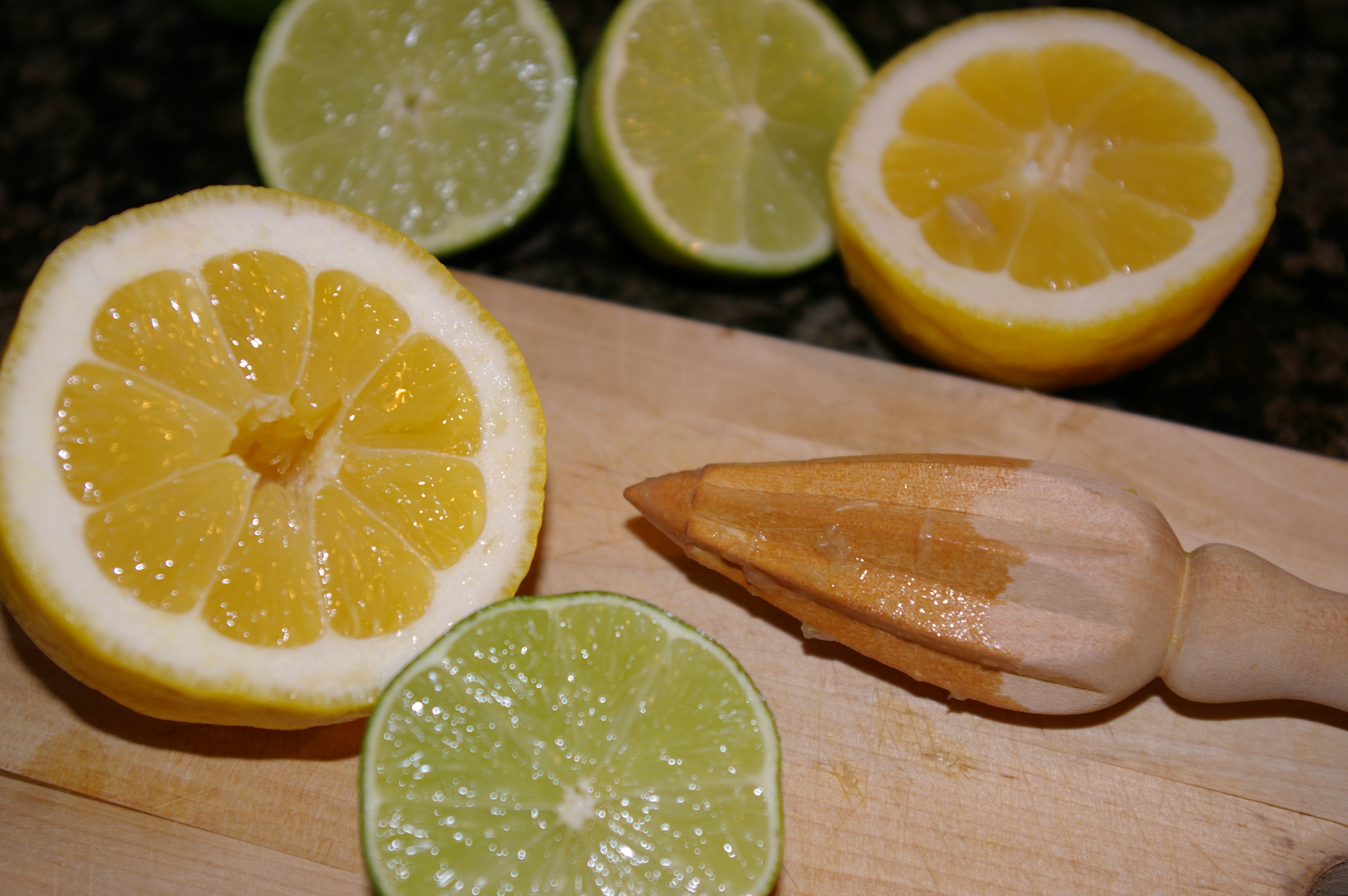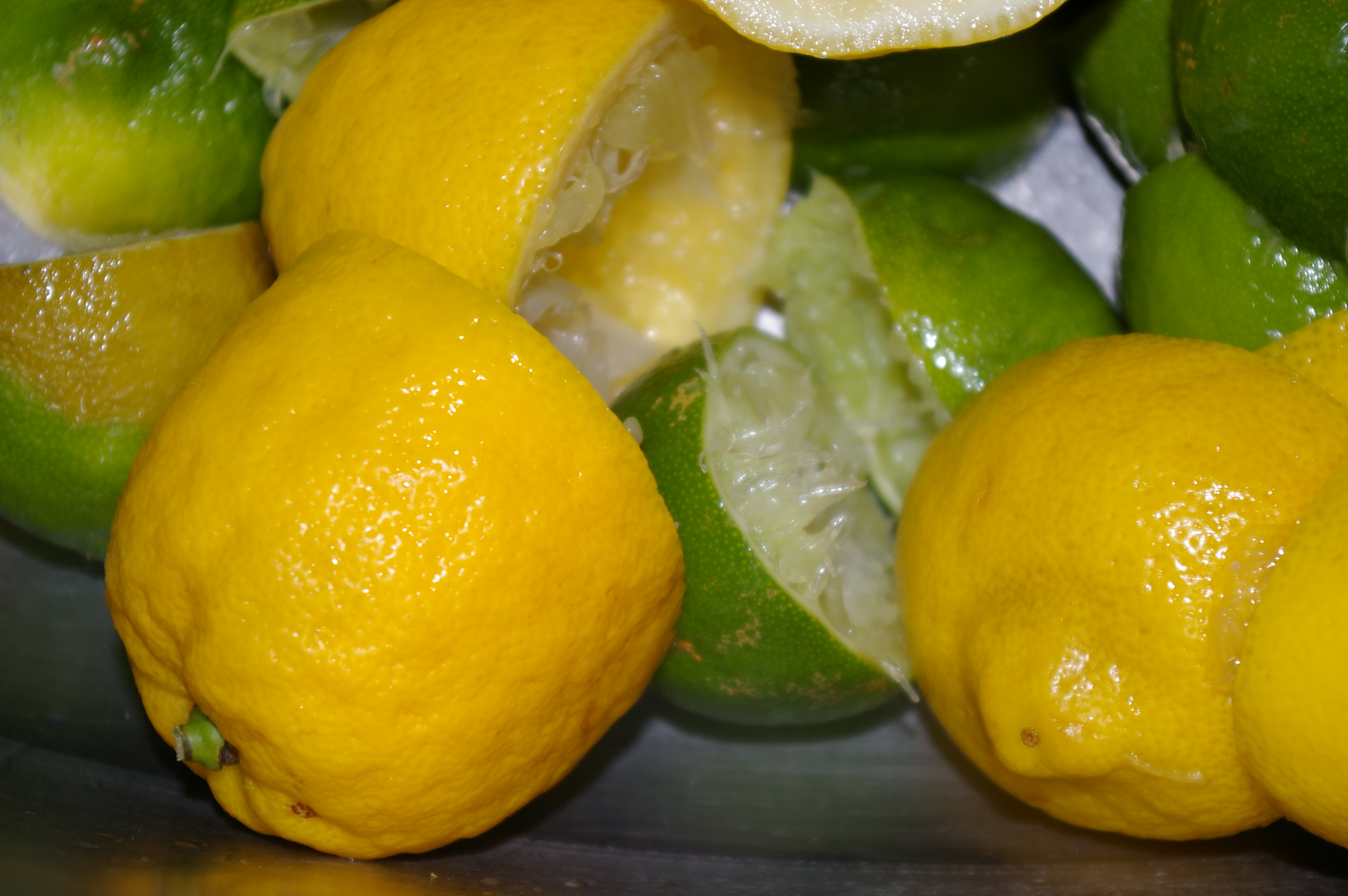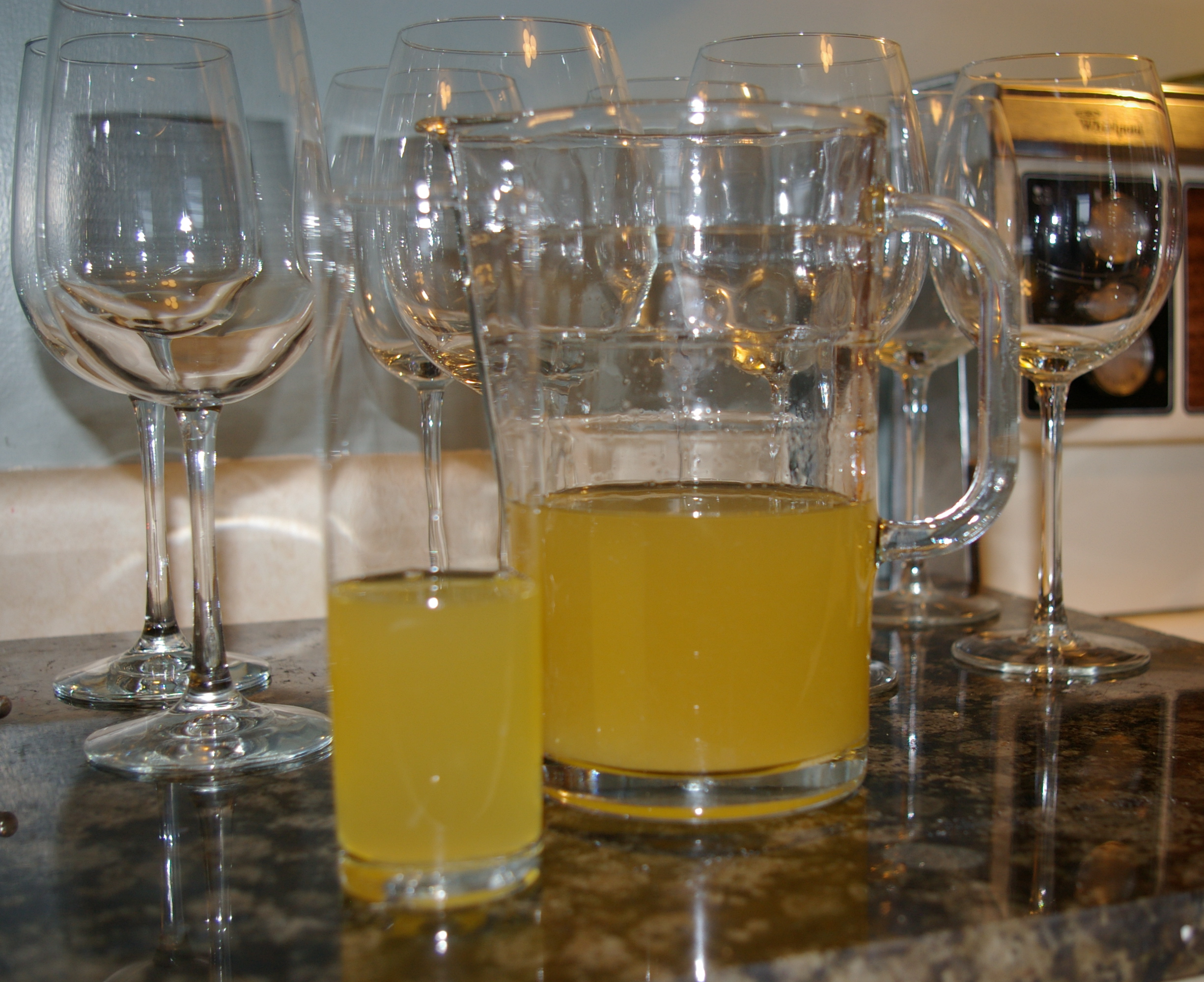You ever notice how one recipe can beget another?
Last summer when I was making my shaved asparagus pizza, I found myself snacking on the strands of asparagus that had been tossed with olive oil, salt and pepper. (I’m completely unable to resist “testing” ingredients as I go along.)
It made me wonder why so few recipes I have stumbled across call for raw asparagus, which, when lightly dressed, is lovely.
Now that the stalks are appearing again on grocery shelves, it got me thinking. And then I stumbled across a salad recipe, which combined asparagus shavings with some other great loves of mine: Parmesan, prosciutto, mint and lemon.
This salad is kind of like six degrees of separation.
Mint goes well with peas, which are lovely with asparagus, a natural match to prosciutto.
Well, really, what doesn’t prosciutto go well with?
And a lemon-based dressing adds some refreshing tartness, while a little bit of honey brings out the natural sweetness of the peas.
Now, I am the first one to up the amounts of salad goodies — more Parmesan, more prosciutto, please and thank you.
But in this case, I’m going to, unexpectedly, advise restraint. Messing with the fine balance between salt and sweet, meat and cheese, mint and vegetables can upset the equilibrium.
Too much cheese and the salt overpowers the delicate flavours of asparagus and mint.
Too much prosciutto overwhelms the texture of the salad.
When the proportions are right, this salad is perfection.
Right after finishing the photo shoot, I inhaled a bowlful.
I loved the spring green flavour of the thinly shaved asparagus, the sweet peas and bright mint with the slight tang of the mustard and lemon dressing.
The prosciutto didn’t hurt either.
All the greens contrasted with the pink of cured ham and cream of Parmesan is quite pretty and makes this a great dish for entertaining.
Serve it out on the deck with some crusty bread and a nice bottle of wine.
Asparagus and Pea Salad with Mint
This salad is from Epicurious by way of Serious Eats.
If fresh peas are in season, feel free to use them instead of frozen peas. Frozen peas are perfectly tasty, though. Just defrost in a sieve with some hot water. To get nice Parmesan shavings, let the cheese sit out on the counter for 10 or 15 minutes and then use a vegetable peeler.
- 1½ cups (375 mL) peas
- 1 lb (500 g) asparagus
- 6 cups (1.5 L) salad greens
- 2 tbsp (25 mL) chopped mint
- 1/4 cup (50 mL) shaved Parmesan
- 8 slices prosciutto, cut in strips
- 2 tbsp (25 mL) lemon juice
- 2 tsp (10 mL) Dijon mustard
- 1 tsp (5 mL) honey
- salt and pepper to taste
- 1/2 cup (125 mL) olive oil
Whisk together lemon juice, Dijon mustard, honey and salt and pepper.
Drizzle in the oil slowly while still whisking to emulsify the dressing.
Test the dressing and adjust seasonings as necessary.
Place salad greens in a large bowl, add chopped mint and peas.
Using the woody end as a handle, hold the asparagus against a cutting board and use a vegetable peeler to make long strips. (These will vary in thickness, which is fine.)
After shaving, you will be left holding the rough end, which can be discarded.
Repeat with all the asparagus and then add the shavings to the salad.
Add sliced prosciutto. Toss with dressing (start with only a portion of the dressing and add more as necessary; the salad may not need all of it).
Top with shaved Parmesan.
Serves 4.
This first appeared in the Calgary Herald. For more recipes and instructional videos, check out the Herald’s Food page.


